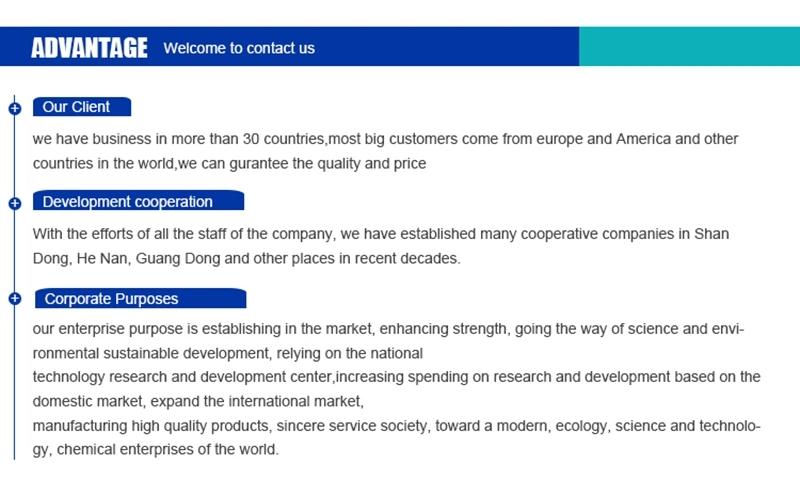| Anticancer drug | Topotecan hydrochloride is a water-soluble derivative of camptothecin, which is the form of hydrochloride of topotecan. It is successfully developed by the SmithKline Beecham US company, and approved by the FDA in the United States in 1996. Its trade name is Hycamtin. It is applied in the treatment of ovarian cancer (OVC) as the second-line therapy.
In 1999 the US Food and Drug Administration (FDA) has approved topotecan hydrochloride as small cell lung cancer (SCLC) therapeutic drug. It has been available in the UK, Germany, France and other dozens of countries and regions. The Ⅲ clinical trials are ongoing for this medicine which is used to treat non-small cell lung cancer, cervical cancer, myelodysplastic syndrome.
Topotecan hydrochloride can enter the blood brain barrier. It has the same effect of oral and intravenous injection. The drug has low toxicity predictable bone marrow suppression, and other minor non-hematologic toxicity. Currently there are manufacturers, for clinical treatment of small cell lung cancer, ovarian cancer and other tumors.
Topotecan hydrochloride inhibits the activity of topoisomerase I, which is required for DNA replication. After intravenous injection, the product is hydrolyzed in the blood, and excreted by urinary. This product has a rapid serum clearance rate, which is 62L/h. It is widely distributed in vivo, and Its half-lifetime is about 2~3h. Preclinical trials have shown that the product has anti-tumor activity on all kinds of types of tumor. In I clinical trial, to patients with ovarian cancer that is cisplatin tolerance, this product also has significant anti-tumor effect. |
| Clinical studies | In a open randomized trial, 226 cases who used cisplatin or carboplatin invalid or recurrent advanced ovarian cancer women changed to this product, and compared with paclitaxel. In 112 patients who used topotecan hydrochloride, 22 cases were effective, so the effective rate was 20%. In 114 patients treated with paclitaxel, 14 cases were effective, so the effective rate was 12%. Used this product for treatment which has made significant improvement in the average time of 23 weeks, while 14 weeks for paclitaxel. In a non-controlled trial to 111 women patients with refractory advanced ovarian cancer, 16 cases were preferabe after treatment, occupied with 14%, and the curative effect average time was 16-week, and the average survival time was 52-week. In an open trial, 67 cases were ineffective treated with cisplatin and paclitaxel for advanced ovarian cancer. However, 9 cases who changed to this product were effective, and the effective rate was 13%.
The above information is edited by the chemicalbook of Kui Ming. |
| Side effects | It can appear toxicity of bone marrow suppression in limited doses, especially it can cause neutropenia. It often induced thrombocytopenia and anemia. Sometimes red blood cell and platelet transfusion is necessary. It can also be nausea, vomiting, hair loss, diarrhea, abdominal pain, gastritis and weakness, but all of them were mild. |
| Uses | It is used as antineoplastic agent. |
| Description | Topotecan is a chemotherapeutic agent medication and acts as a topoisomerase inhibitor. Topotecan is asynthetic, water-soluble analog of camptothecin. It is used in the form of its hydrochloride salt to treat ovarian cancer, lung cancer and other cancer types. |
| Chemical Properties | White Crystalline Solid |
| Originator | Hycamtin,SmithKline Beecham Pharmaceuticals,UK |
| Uses | Naturally occurring amino acid; precursor of tetrapyrroles in the biosynthesis of chlorophyll and heme. Antineoplastic (photosensitizer) |
| Uses | antineoplastic; topoisomerase I inhibitor |
| Uses | A DNA topoisomerase I inhibitor; semisynthetic analog of Camptothecin. Antineoplastic. Topotecan hydrochloride is a chemotherapy agent that is a topoisomerase 1 inhibitor. |

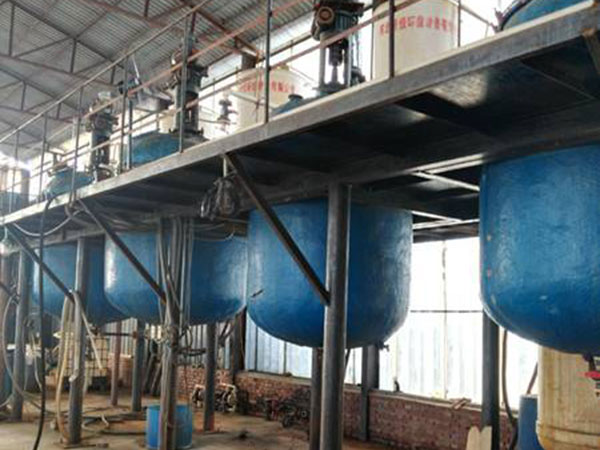
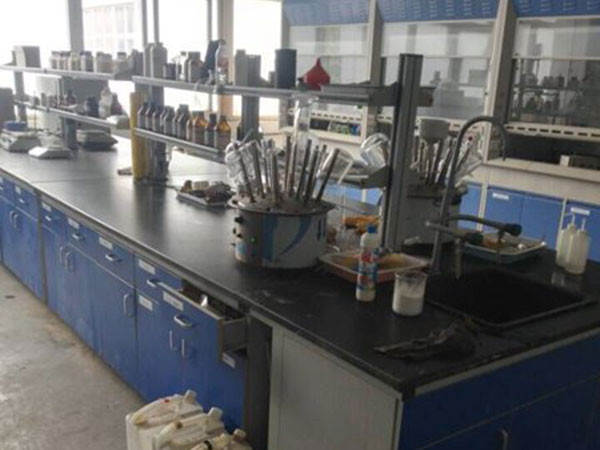
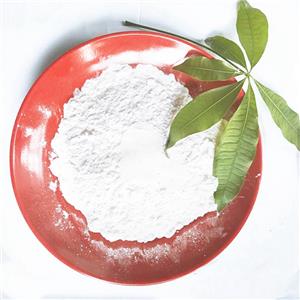
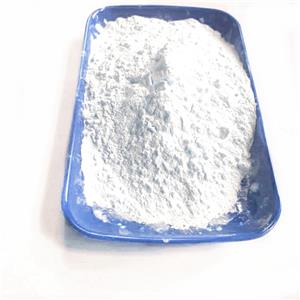
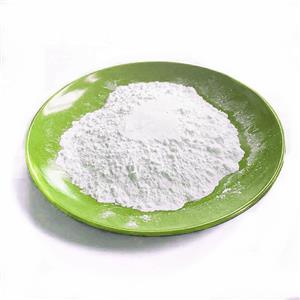
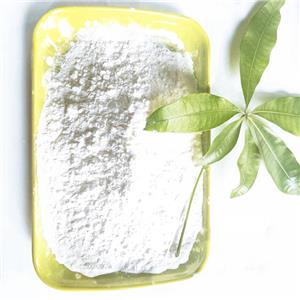
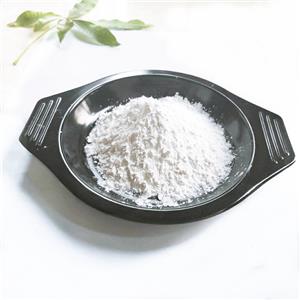

 China
China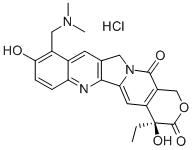

 Company information
Company information